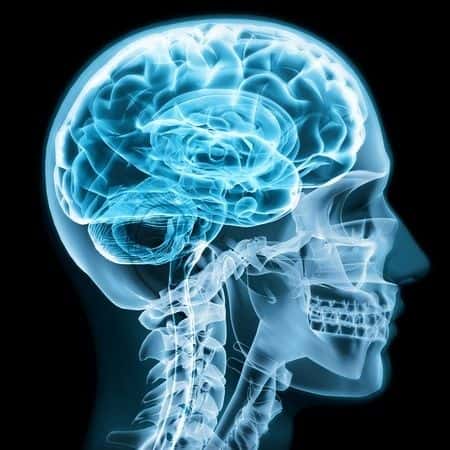Patient’s Stroke Goes Undetected After Fall
Updated on
This case takes place in Texas and involves a male patient who was recognized as having a high risk for stroke. On the date of the incident in question, the plaintiff fell while performing yard work and was brought to the hospital to treat a laceration on his left arm. Upon admission, the man received a number of stitches on his arm which was later placed in a brace. The patient was also prescribed a course of opiate pain killers before being discharged from the hospital and told return in a week. On the ride home, the man’s wife noticed that his head began tilting to one side, and that he was unable to control his upper body. The man’s wife called 911 and he was taken back to the hospital, at which point the decision was made to keep him overnight for observation. The next morning, the man was completely incoherent, at which point he was seen by a neurologist, however a stroke diagnosis was not make for several days. The patient is left with severe and permanent injuries, which allegedly could have been avoided with prompt treatment of his stroke.
Question(s) For Expert Witness
1. Do you treat patients with the above clinical presentation?
2. What is the standard work up for these patients?
3. Should this patient have been seen by a neurologist sooner?
Expert Witness Response E-004713
 The patient should have been seen by a neurologist or treated by someone in the ER for possible acute stroke immediately upon presenting with symptoms of stroke. This would include a CT scan of the head to rule out a brain bleed, labwork, possible MRI, and potentially administration of intravenous tPA, depending on the timing of the onset of stroke-like symptoms. A key question on his initial visit to the ER should have been "why did he fall?" Knowing his stroke risk, he should have received a neurologic examination to assess for subtle weakness, numbness or other signs of stroke on initial presentation. If the patient presented within 4.5 hours of onset of symptoms, seeing a neurologist and getting IV tPA would have improved his chances of a better outcome. If he had a hemorrhage in the brain, then a neurology and neurosurgery evaluation might have improved his outcome as well. The factors to look for in this case include: 1. why did he fall int he first place? 2. Did they document a normal neurological exam on first arrival as part of their workup? 3. when he returned with stroke-like symptoms, did they get a CT head scan, and did they call a neurologist for consultation? 4. Was the patient a tPA candidate, or when did his first stroke-like symptom occur? From the information provided it seems that there were a few possible areas in which the standard of care was not met.
The patient should have been seen by a neurologist or treated by someone in the ER for possible acute stroke immediately upon presenting with symptoms of stroke. This would include a CT scan of the head to rule out a brain bleed, labwork, possible MRI, and potentially administration of intravenous tPA, depending on the timing of the onset of stroke-like symptoms. A key question on his initial visit to the ER should have been "why did he fall?" Knowing his stroke risk, he should have received a neurologic examination to assess for subtle weakness, numbness or other signs of stroke on initial presentation. If the patient presented within 4.5 hours of onset of symptoms, seeing a neurologist and getting IV tPA would have improved his chances of a better outcome. If he had a hemorrhage in the brain, then a neurology and neurosurgery evaluation might have improved his outcome as well. The factors to look for in this case include: 1. why did he fall int he first place? 2. Did they document a normal neurological exam on first arrival as part of their workup? 3. when he returned with stroke-like symptoms, did they get a CT head scan, and did they call a neurologist for consultation? 4. Was the patient a tPA candidate, or when did his first stroke-like symptom occur? From the information provided it seems that there were a few possible areas in which the standard of care was not met.
About the author
Joseph O'Neill
Joe has extensive experience in online journalism and technical writing across a range of legal topics, including personal injury, meidcal malpractice, mass torts, consumer litigation, commercial litigation, and more. Joe spent close to six years working at Expert Institute, finishing up his role here as Director of Marketing. He has considerable knowledge across an array of legal topics pertaining to expert witnesses. Currently, Joe servces as Owner and Demand Generation Consultant at LightSail Consulting.
Subscribe to our newsletter
Join our newsletter to stay up to date on legal news, insights and product updates from Expert Institute.
Sign up nowFind an expert witness near you
What State is your case in?
Subscribe to our newsletter
Join our newsletter to stay up to date on legal news, insights and product updates from Expert Institute.



